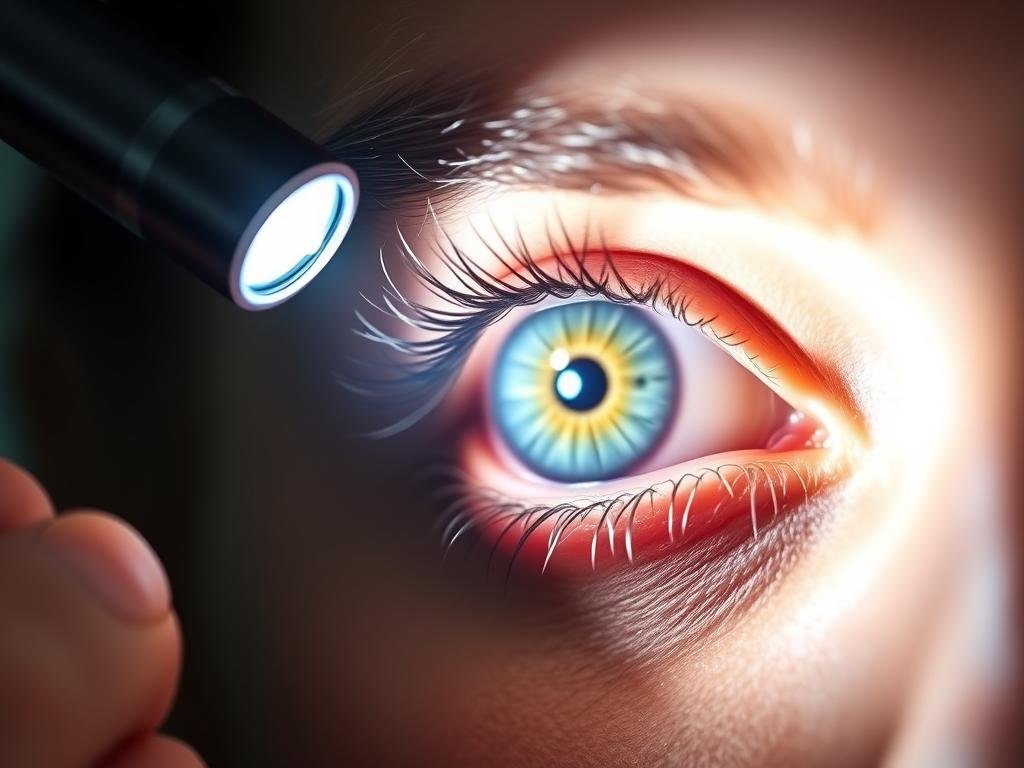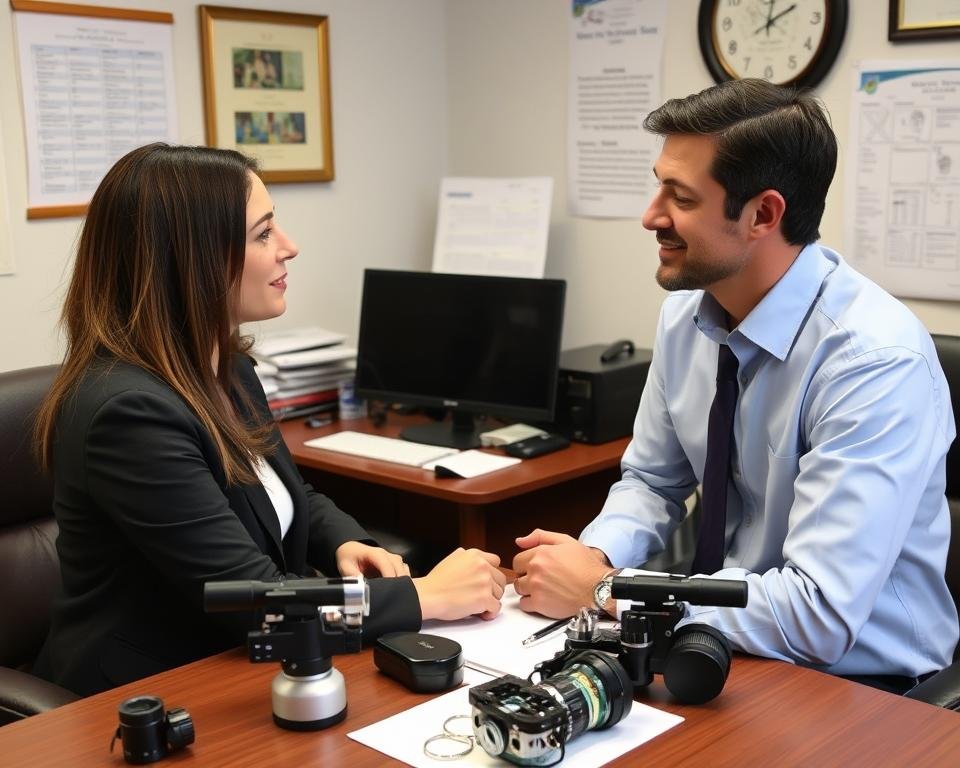The practice of iridology relies heavily on the right tools and equipment to accurately analyze the iris patterns. Whether you’re a beginner exploring iridology or an experienced practitioner looking to upgrade your equipment, understanding the essential Iridologist tools is crucial for effective practice. This comprehensive guide covers everything from basic magnification devices to advanced digital imaging systems that modern Iridologists use in their professional practice.
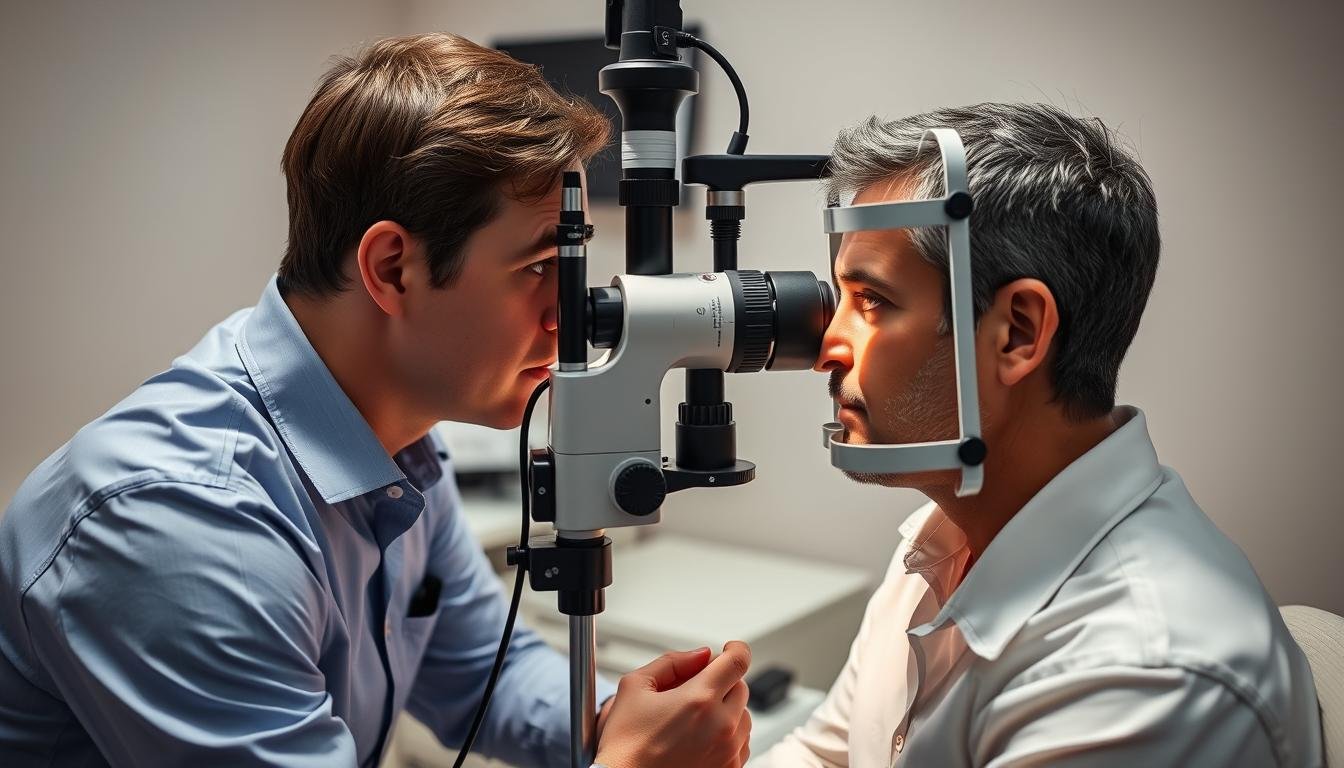
What Does an Iridologist Do?
Before diving into the tools, it’s important to understand what an Iridologist actually does. Iridology is the study of the iris patterns, colors, and other characteristics to identify potential health issues in the body. Iridologists believe that specific areas of the iris correspond to different organs and body systems, allowing them to detect imbalances, inflammation, or potential health concerns.
The practice dates back to the 19th century when Hungarian physician Ignaz von Peczely first documented correlations between iris markings and health conditions. Today’s Iridologists combine traditional knowledge with modern technology to provide more accurate analyses.
Begin Your Iridology Journey With Expert Guidance
Curious about iridology or looking to enhance your practice? Our certified Iridologists can help you understand the essential tools needed for accurate iris analysis.
Consult With Our Experts
Advanced Equipment for Professional Iridologist Practices
As an Iridologist gains experience and expands their practice, investing in advanced equipment becomes essential for providing more accurate and detailed analyses. These sophisticated tools represent the cutting edge of iridology technology.
Digital Iris Cameras for Iridologist Analysis
Professional Iridologists increasingly rely on specialized digital imaging systems that capture high-resolution images of the iris. These systems offer several advantages over basic magnification tools:
Benefits of Digital Iris Imaging
- Captures ultra-high resolution images for detailed analysis
- Allows for image storage and comparison over time
- Enables sharing images with clients or other practitioners
- Provides consistent lighting and magnification
- Supports digital enhancement to highlight specific iris features
Limitações a serem consideradas
- Significant initial investment cost
- Requires technical knowledge to operate effectively
- May need regular software updates
- Requires proper maintenance and calibration
- Some clients may prefer traditional examination methods

Slit Lamps
Borrowed from ophthalmology, slit lamps provide Iridologists with a binocular microscope and focused light source for detailed examination. These sophisticated devices offer:
- Magnification ranges from 10x to 40x
- Adjustable light intensity and angle
- Stereoscopic viewing for depth perception
- Optional camera attachments for documentation
Software de iridologia
Modern Iridologist practices often utilize specialized software that works with digital iris images to assist in analysis. These programs can:
- Automatically overlay iridology charts on iris images
- Enhance specific iris features through digital processing
- Generate reports based on iris analysis
- Store client records and track changes over time
- Compare left and right iris images side by side
Upgrade Your Iridology Practice
Ready to enhance your iridology capabilities with advanced equipment? Our team can help you select the right tools for your specific practice needs.
Speak With Our Certified Iridologist
Maintaining Your Iridologist Equipment
Proper maintenance of your iridology tools ensures accurate readings and extends the lifespan of your investment. Follow these essential care guidelines for different types of equipment.
Optical Equipment Care
Magnifiers, cameras, and lenses require special attention to maintain optical clarity:
- Clean lenses only with appropriate lens cleaning solutions and microfiber cloths
- Store in dust-free cases when not in use
- Avoid touching optical surfaces with fingers
- Keep equipment away from extreme temperatures and humidity
- Have professional calibration performed annually for precision instruments
Digital Equipment Maintenance
For digital iris cameras and computer systems:
- Regularly update software to the latest versions
- Back up client images and data regularly
- Keep equipment free from dust and debris
- Use surge protectors to prevent electrical damage
- Follow manufacturer’s recommendations for calibration

Practical Applications of Iridologist Tools
Understanding how to effectively use your iridology equipment is just as important as having the right tools. Here’s how professional Iridologists apply their equipment in practice.
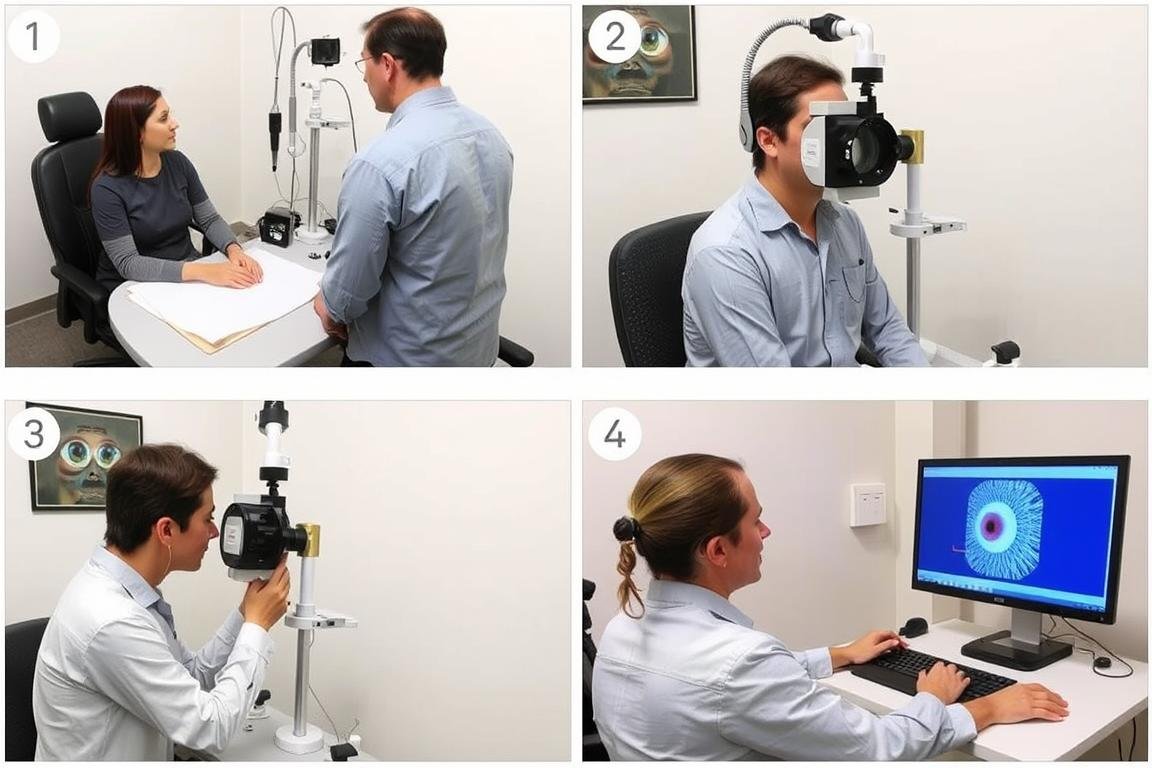
O processo de exame
A typical iris examination follows these steps:
- Position the client in a comfortable, well-lit environment
- Use a penlight to check basic iris features
- Apply appropriate magnification for detailed observation
- Capture digital images if available
- Compare observations with iridology charts
- Document findings for future reference
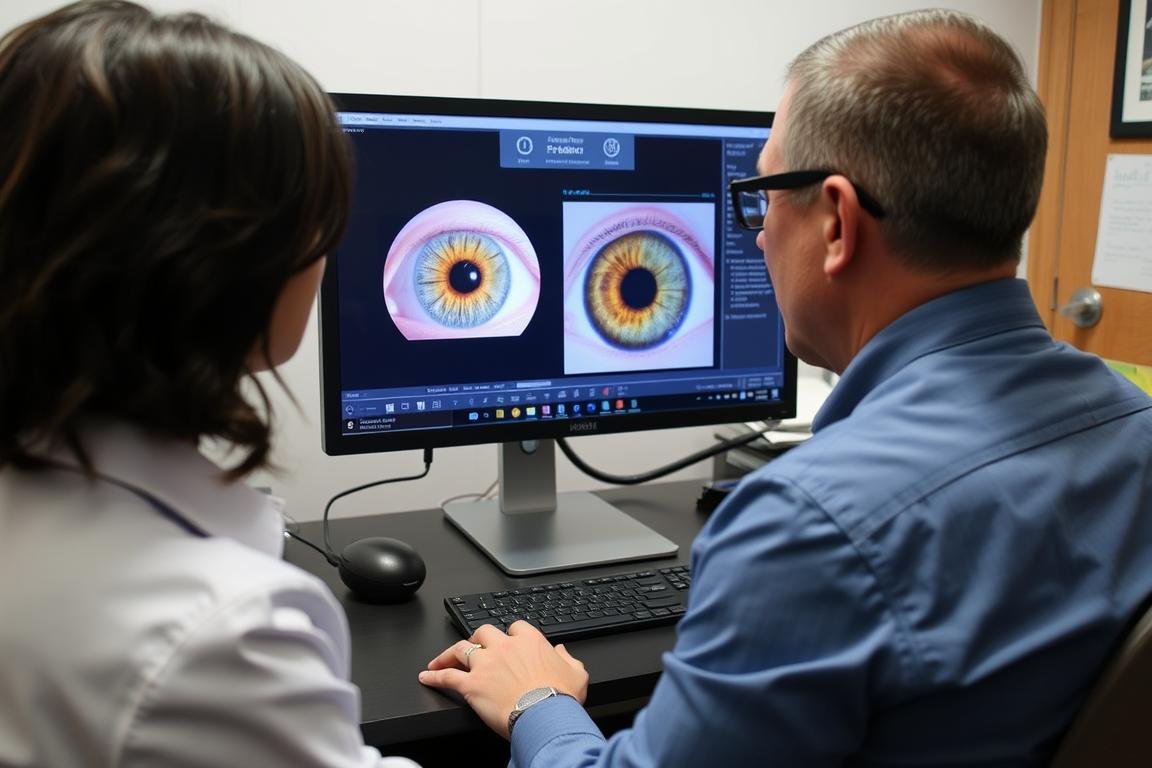
Interpreting What You See
The right tools help you identify key iris features:
- Iris fiber patterns and density
- Pigmentation variations and discolorations
- Radial furrows and circular rings
- Lacunae (darkened areas) and crypts
- Pupil size, shape, and reaction to light
Iridologist Tools FAQs
What is the minimum equipment needed to start practicing as an Iridologist?
To begin practicing iridology, you need at minimum: a quality handheld magnifier (10x or greater), a good penlight, a comprehensive iridology chart, and basic reference materials. While digital equipment is beneficial, it’s not essential for beginners. Focus on developing your observation skills before investing in expensive technology.
How much should I budget for professional Iridologist equipment?
Budget requirements vary widely based on your practice goals. Entry-level equipment starts around 0-500 for basic tools. Mid-range setups with digital cameras and basic software range from
Iridologist Tools FAQs
What is the minimum equipment needed to start practicing as an Iridologist?
To begin practicing iridology, you need at minimum: a quality handheld magnifier (10x or greater), a good penlight, a comprehensive iridology chart, and basic reference materials. While digital equipment is beneficial, it’s not essential for beginners. Focus on developing your observation skills before investing in expensive technology.
How much should I budget for professional Iridologist equipment?
Budget requirements vary widely based on your practice goals. Entry-level equipment starts around $200-500 for basic tools. Mid-range setups with digital cameras and basic software range from $1,000-3,000. Professional clinical setups with advanced imaging systems can cost $5,000-15,000 or more. Many practitioners start with basic equipment and upgrade gradually as their practice grows.
Can I use my smartphone as an Iridologist tool?
Yes, smartphones can be used for basic iridology with the right attachments. Special clip-on macro lenses or dedicated iridology smartphone adapters provide sufficient magnification for preliminary examinations. Several apps are also available that can help with basic iris analysis. However, for professional practice, dedicated equipment offers superior image quality and reliability.
How often should Iridologist equipment be upgraded?
There’s no fixed schedule for upgrading equipment, but most professionals reassess their tools every 3-5 years. Technology advances rapidly, and newer equipment often offers improved image quality and features. Consider upgrading when: your practice volume increases significantly, current equipment shows signs of wear, or new technology offers substantial benefits to your analysis capabilities.
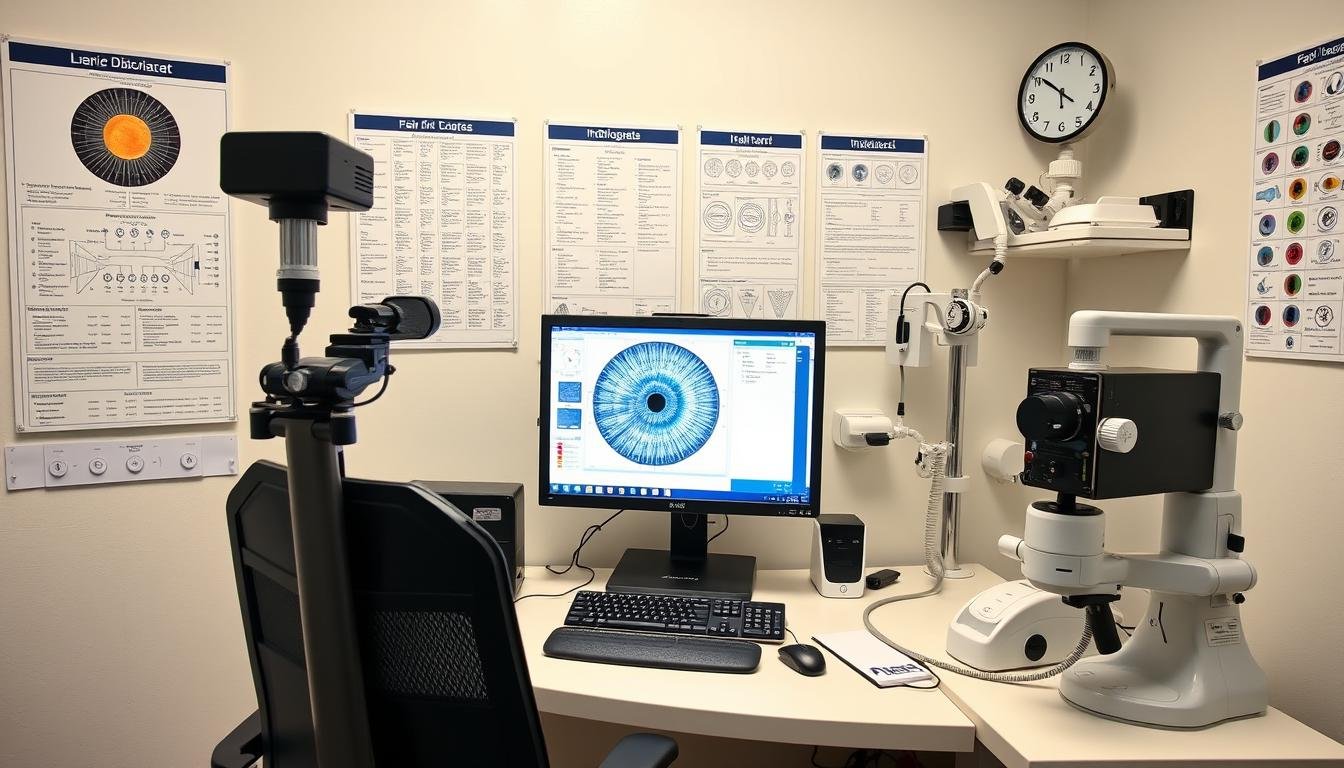
,000-3,000. Professional clinical setups with advanced imaging systems can cost ,000-15,000 or more. Many practitioners start with basic equipment and upgrade gradually as their practice grows.
Can I use my smartphone as an Iridologist tool?
Yes, smartphones can be used for basic iridology with the right attachments. Special clip-on macro lenses or dedicated iridology smartphone adapters provide sufficient magnification for preliminary examinations. Several apps are also available that can help with basic iris analysis. However, for professional practice, dedicated equipment offers superior image quality and reliability.
How often should Iridologist equipment be upgraded?
There’s no fixed schedule for upgrading equipment, but most professionals reassess their tools every 3-5 years. Technology advances rapidly, and newer equipment often offers improved image quality and features. Consider upgrading when: your practice volume increases significantly, current equipment shows signs of wear, or new technology offers substantial benefits to your analysis capabilities.

Start Your Journey with the Right Iridologist Tools
Selecting the appropriate iridology equipment is a crucial step in developing an effective practice. Whether you’re just beginning your journey or looking to enhance your existing capabilities, investing in quality tools will significantly impact the accuracy and professionalism of your iris analyses.
Remember that while advanced technology can enhance your practice, the most important tool is your knowledge and experience in interpreting what you observe. Combine quality equipment with ongoing education for the best results in your iridology practice.
Ready to Start Your Iridologist Journey?
Our team of experienced practitioners can help you select the right equipment for your specific needs and provide training on effective use of iridology tools.
Contact Us Today!















